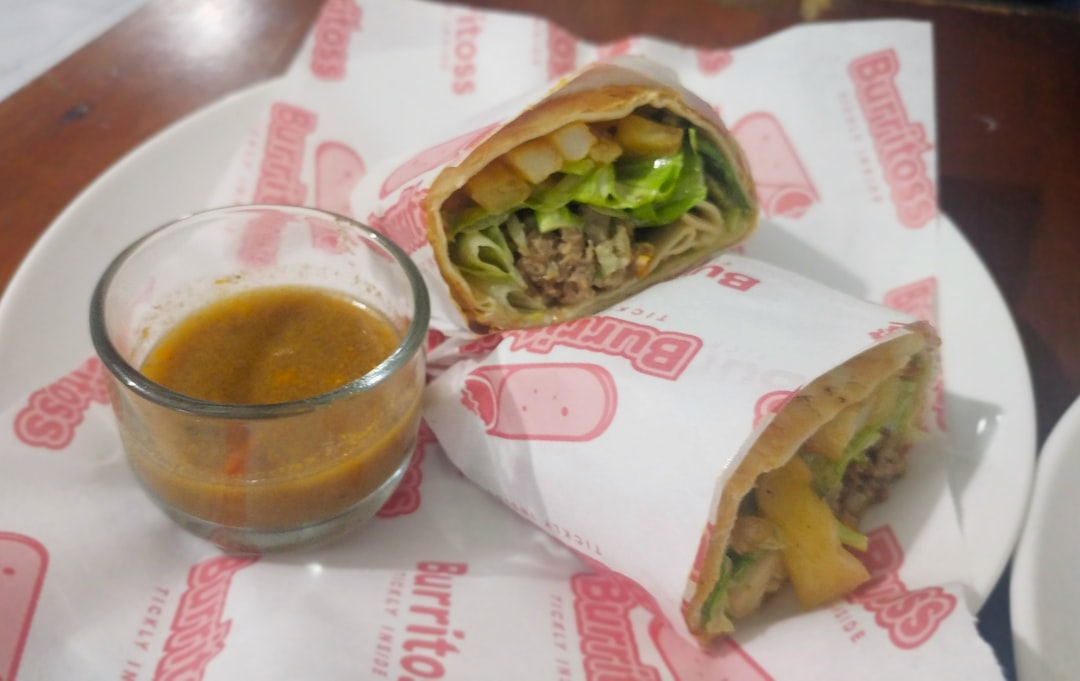In today’s fast-paced world, portion distortion has become a common challenge. From oversized restaurant meals to supersized snacks, many of us have lost track of what a healthy portion really looks like. But understanding portion sizes is crucial for maintaining a balanced diet, preventing overeating, and supporting long-term health.
In this post, we’ll break down what portion sizes are, why they matter, and how to use visual guides and practical tips to manage your intake without the need for scales or calorie counting.
What Is a Portion Size?
A portion size is the amount of food you choose to eat at one time—whether at home, in a restaurant, or from a package. This is different from a serving size, which is a standard recommended amount often listed on nutrition labels. For example, a serving of pasta might be 1/2 cup cooked, but a restaurant portion could be 3 cups or more.
Why It Matters:
-
Helps control calorie intake
-
Supports weight management
-
Improves awareness of eating habits
-
Promotes balanced nutrition
Visual Portion Size Guide
One of the easiest ways to estimate portion sizes is by using everyday objects or your own hands as a reference. Here are some quick visual comparisons:
🥩 Protein (Meat, Fish, Poultry)
-
Portion size: About 3 ounces
-
Visual cue: Size of a deck of cards or the palm of your hand
🍝 Grains (Pasta, Rice, Cereal)
-
Portion size: 1/2 cup cooked
-
Visual cue: Size of a cupped hand or a tennis ball
🥬 Vegetables
-
Portion size: 1 cup raw or 1/2 cup cooked
-
Visual cue: Size of a fist
🍎 Fruits
-
Portion size: 1 medium fruit or 1/2 cup cut
-
Visual cue: Size of a baseball
🥜 Nuts or Seeds
-
Portion size: 1 ounce
-
Visual cue: Size of a small handful or a shot glass
🧀 Cheese
-
Portion size: 1 ounce
-
Visual cue: Size of four dice or your thumb
🥄 Oils or Nut Butters
-
Portion size: 1 tablespoon
-
Visual cue: Size of a thumb tip
Practical Tips for Managing Portion Sizes
1. Use Smaller Plates and Bowls
Studies show that people eat less when using smaller dishware—it tricks the brain into feeling satisfied with less.
2. Measure at First
Use measuring cups and spoons occasionally to get a better sense of what standard portion sizes look like.
3. Fill Half Your Plate with Vegetables
Vegetables are nutrient-dense and low in calories, making them ideal for larger portions.
4. Serve from the Kitchen
Avoid placing serving dishes on the dining table—this reduces the temptation for second helpings.
5. Mindful Eating
Slow down, chew thoroughly, and listen to your body's hunger and fullness cues. It takes time for your brain to register when you're full.
6. Don’t Eat from the Package
When snacking, portion your food into a bowl or plate instead of eating directly from the bag.
7. Use the "Plate Method"
-
½ plate vegetables and fruits
-
¼ plate lean protein
-
¼ plate whole grains or starchy vegetables
Final Thoughts
Understanding and managing portion sizes is a simple but powerful tool for better health. With a few visual cues and mindful practices, you can enjoy your favorite foods without overindulging. Remember, it’s not just about what you eat—it’s about how much.
By taking control of portion sizes, you're taking a big step toward building healthier, more sustainable eating habits.

Comments
No comments yet. Be the first to comment!
You must be logged in to comment. Login